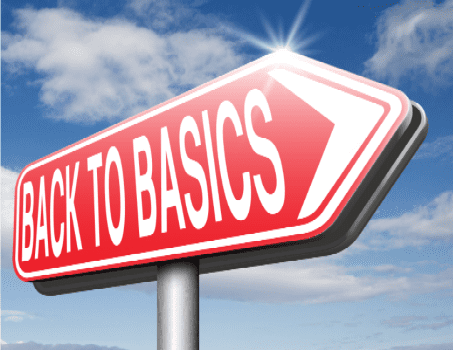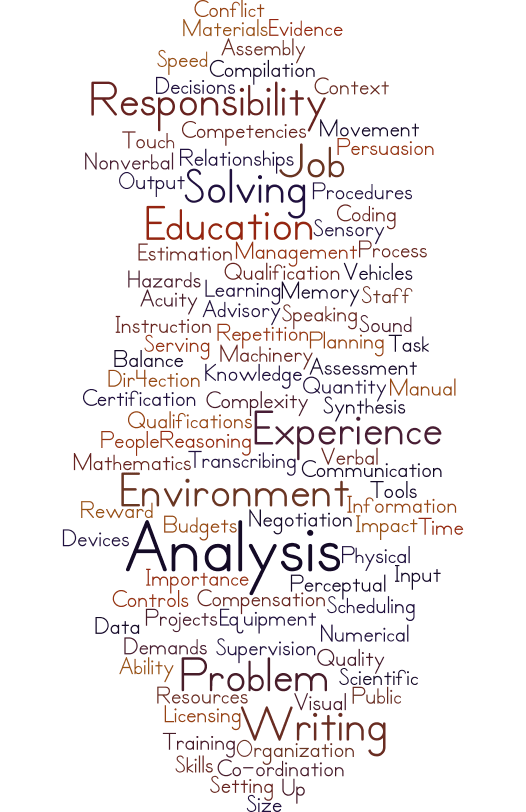Job Analysis and Work Design

Job analysis is a fundamental HR practice. In order to drive performance effectively it is imperative to understand how work is divided in the organization. Over time as organizations expand, work activity can become mis-aIigned with the organization’s purpose and mission, more and more inefficiencies are inadvertently introduced .
In a fast changing competetive environment senior management need to constantly review and realign work. Without structured in depth information on all job roles, work activities and the requisite capabilities they are effectively blind.
In most organizations this information is hidden in unstructured and outdated documents with minimal and often inaccurate information.
How to conduct a high level work design review
Why do Job Analysis?
Job or Work Analysis is the foundation of all People/Talent Management activities. If we do not define the work a person is hired to do we cannot analyse competency requirements, set appropriate compensation, objectively evaluate candidates or potential successors, develop effective training programmes or provide for future scenarios.
Job analysis is the first step in creating a job description.
It has become fashionable to regard job or position descriptions as less important than a set of core competencies or standard operating procedures. The reasons given are typically that its too hard to write job descriptions, people will be inflexible, only doing what is specified, that jobs change frequently and people know what is expected of them without a job description.
So in many organisations job analysis is also neglected.

What is Job Analysis?

The process of listing the activities involved in a role, and analysing their context, scope, complexity, frequency and impact, as well as the knowledge and skills required for success. It is obvious that this information is vital for human capital decisions.
What sort of information is required?
- Information on use of equipment or tools
- Information on use of data
- Information on interpersonal interactions
- Information on organizational context
Who will provide the information?
- Job incumbents
- Supervisor
- Team members
- Experts in a particular activity
- Other Colleagues
- Customers
What process is used?
- Interviews
- Task logs
- Observations
- Questionnaires and checklists
- Critical incidents analysis
Use the output of job analysis to create effective Job Descriptions and Capability Requirement Profiles.
Are your Job/Position Descriptions working for you?
